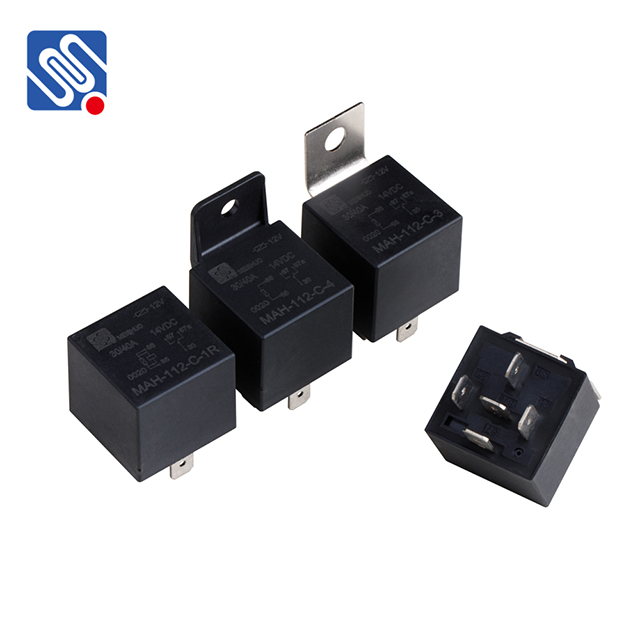understanding relay testing: a crucial aspect of power system protection
Release time:2025-10-19 15:09:59
Relay testing is a fundamental process in ensuring the reliability and performance of electrical systems, particularly in power distribution and automation. Relays are devices used to automatically control the operation of electrical circuits, primarily for protection purposes. They are designed to act swiftly in response to abnormal conditions, such as overcurrents, short circuits, or voltage fluctuations, in order to protect expensive equipment from potential damage. This article delves into the importance of relay testing, its methods, and how it contributes to maintaining a safe and efficient power system.

The Role of Relays in Electrical Systems
Relays are essential components of modern electrical and automation systems, primarily used in protection and control applications. A relay functions as an electrically operated switch. It is typically activated by an input signal that indicates abnormal conditions, triggering the relay to disconnect or modify the operation of an electrical circuit. The most common applications of relays are found in power plants, substations, and electrical panels where they safeguard sensitive equipment from faults like overloads, voltage spikes, or ground faults.

